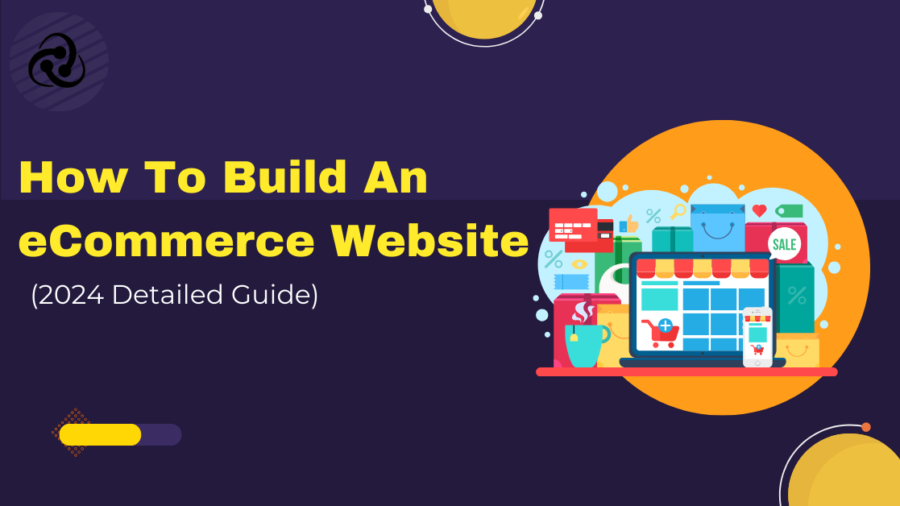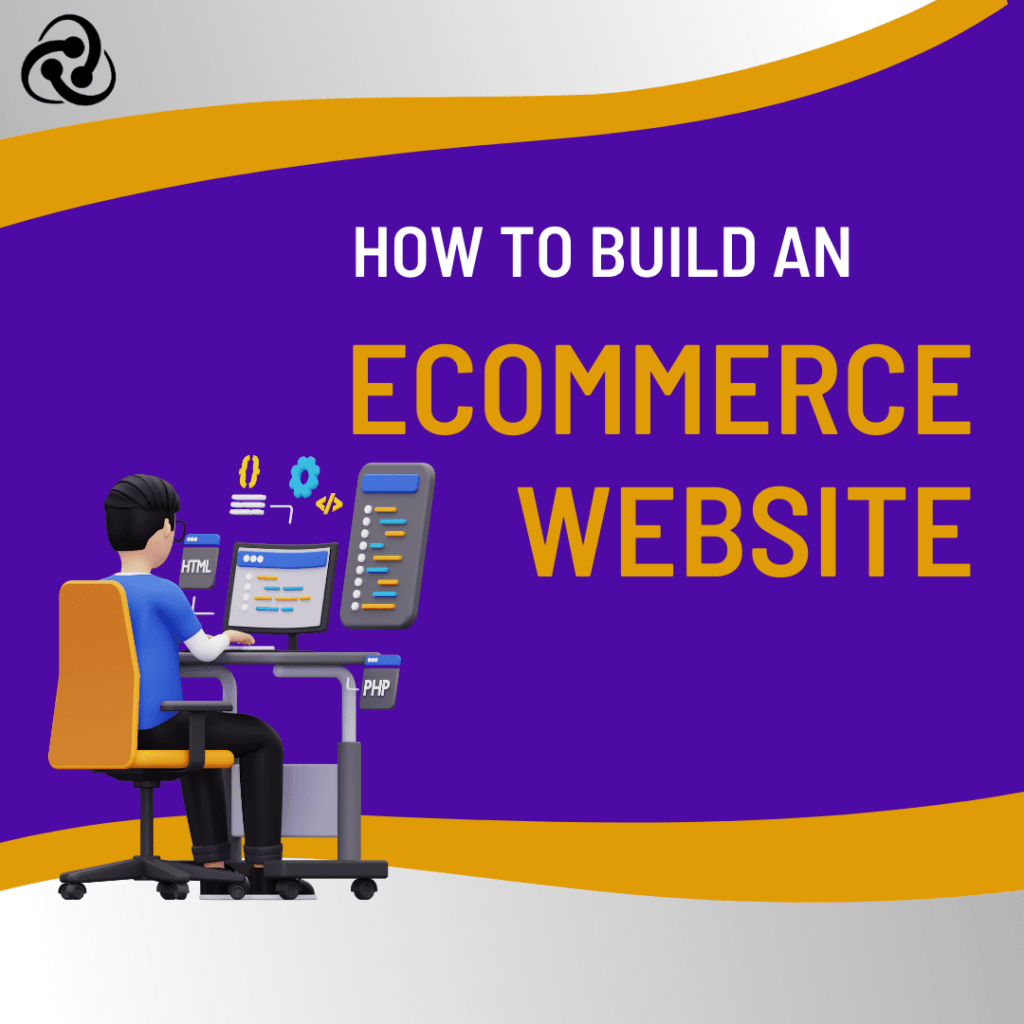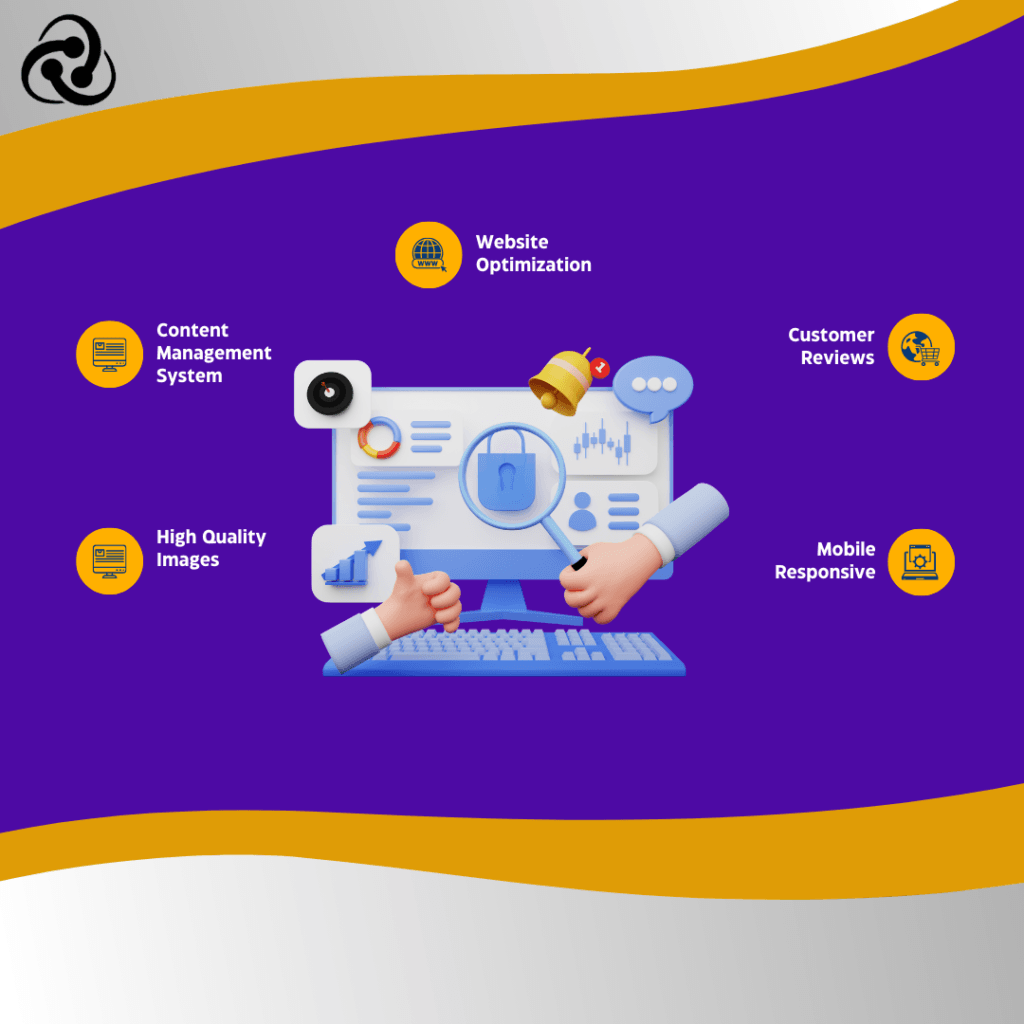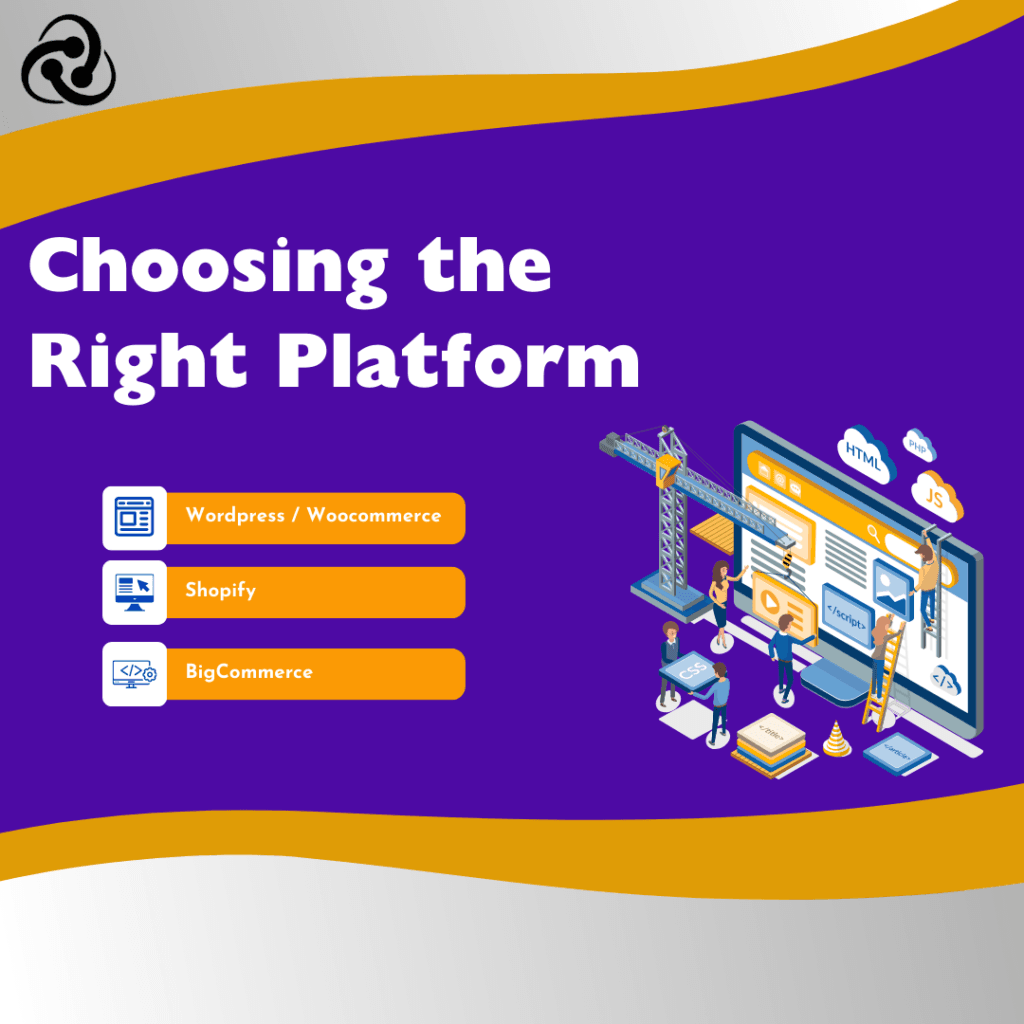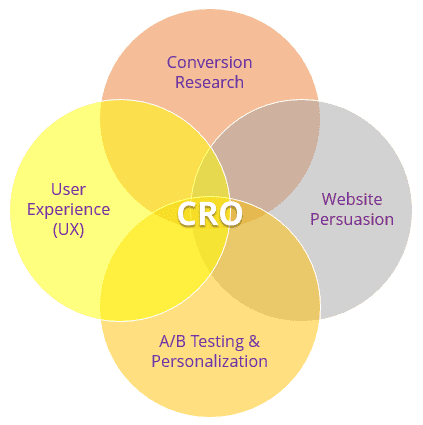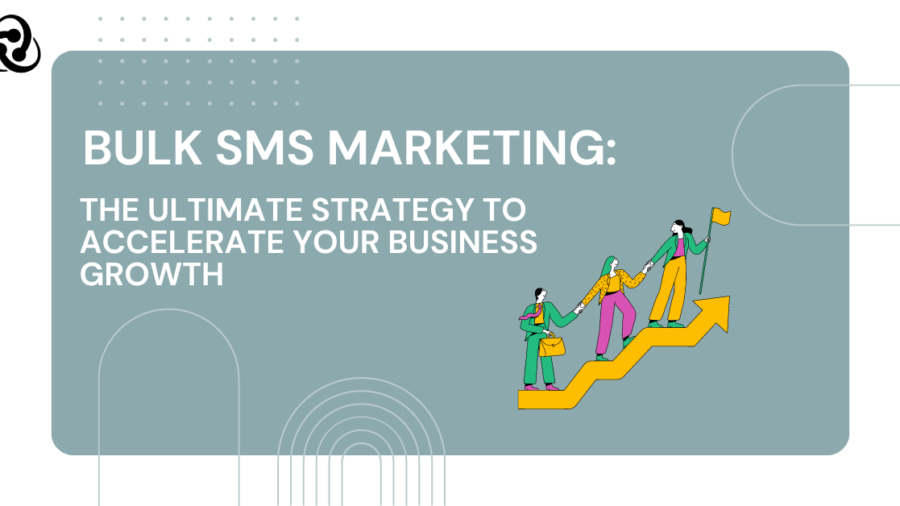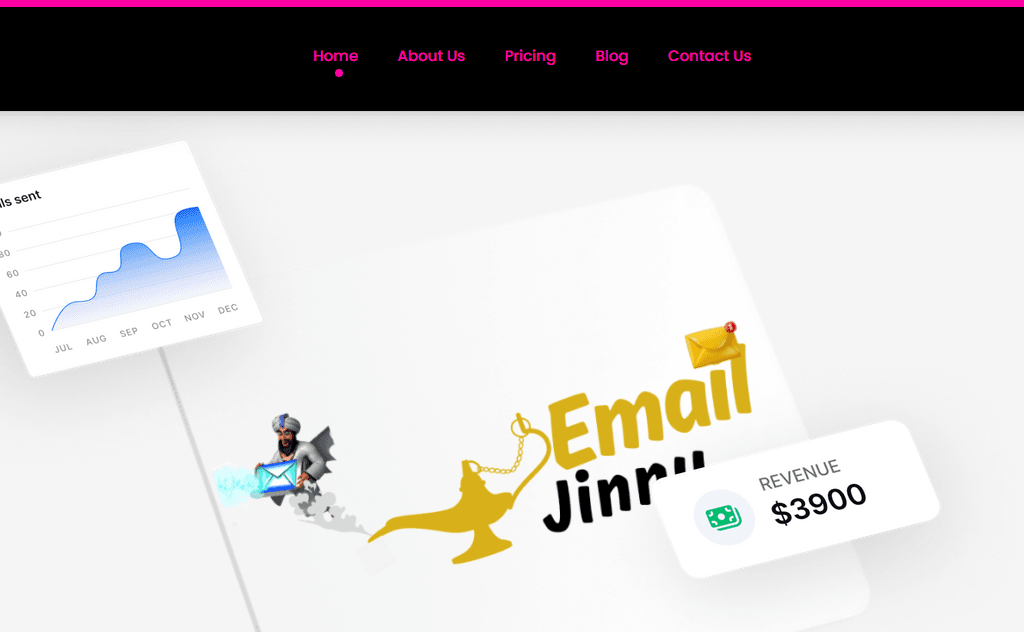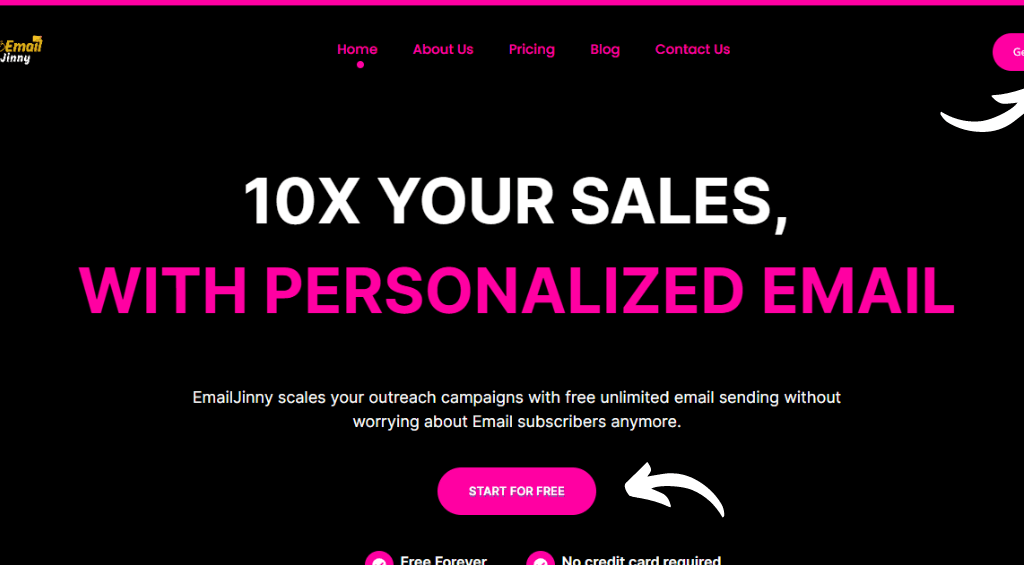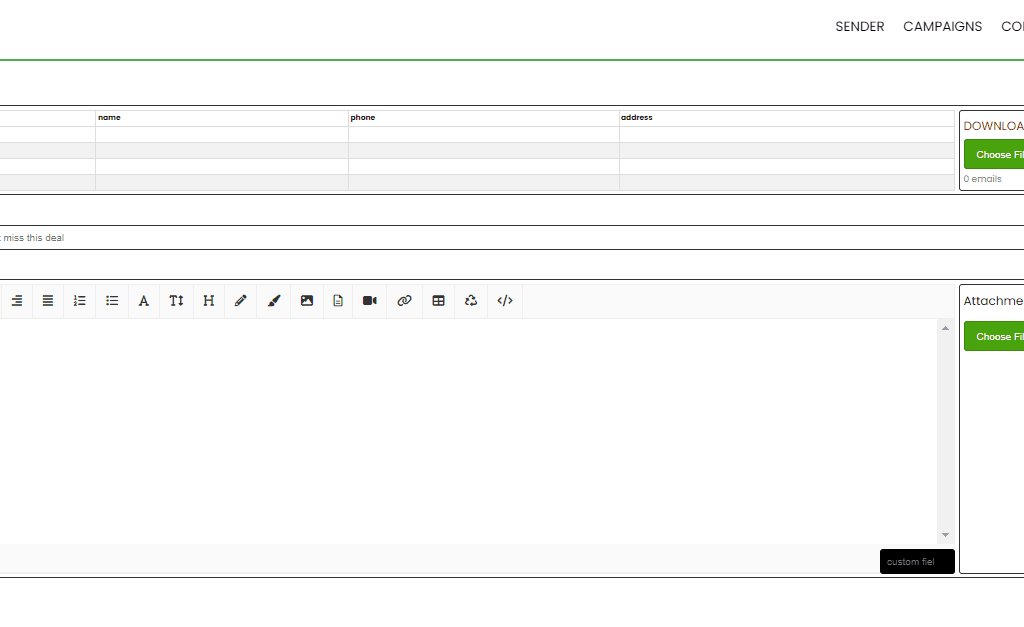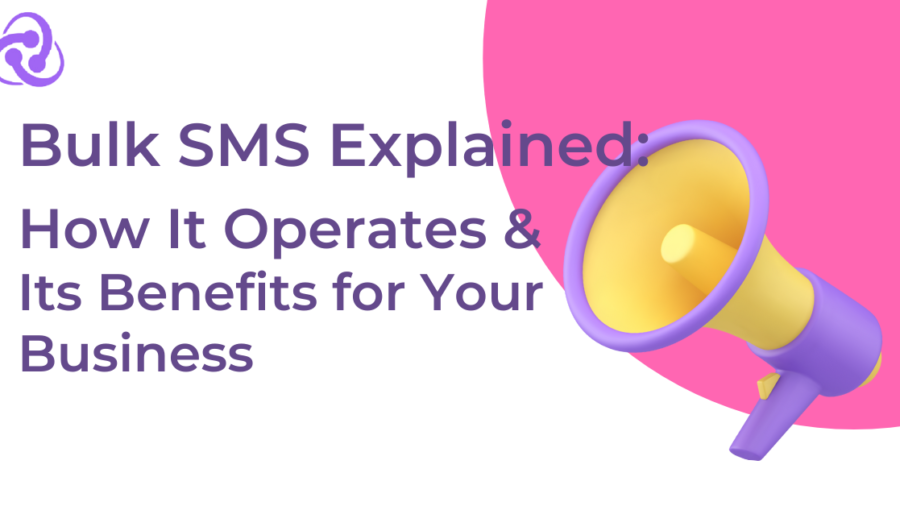If you are planning to build a new website or redesigning an old site to look and feel more modern, a good web design agency or web development company will give you the perfect online presence to your brand.
But how do you find a good web design agency?
Choosing a web design agency will be complicated process for you based on your criteria, But you can make it easier by following these simple steps.
1. Find Web Design Agency Online
If you want to find one best web design agency for your brand then you have to find alot of different website development companies.
Best option is check websites that rank and make list of different web design agencies and take a look at what they list. These are the best websites for you to choose the perfect web design agency.
They work with team of experts who evaluate the skills, prowess, reliability, and pricing of a web design agency. They are not always right or 100% accurate but they give you idea about the industry. You can start to see which ones you like.
2. Check every Web Design Agency
This is one of the important steps in choosing best web design agency. in this section we will discus what to look for in a web design website.
If a web design agency website was not looking good, old out dated, or otherwise bad that means this web design agency is not right for you. The good web design company should be able to build an excellent website for themselves, at doesn’t mean their site needs to be exactly what you’re looking for in your own site — every company has different needs, and their websites have different functionalities.
But Finding information quickly is essential to creating a good website. Websites that require users to click more than a few times to find what they want will drive users away. And when you’re making a website, that’s the last thing you want to do.
In addition to navigation, you also want to check the agency’s site for load times, high-resolution images, engaging graphics, and even videos. These elements aren’t necessarily essential for an agency’s website, but it shows that they understand how and why they’re important.
These visuals create a more engaging experience for users, which you may have noticed yourself as you browse agency websites. Still, even with all of these elements, an agency’s website shouldn’t look cluttered.
The color scheme should make sense, and it shouldn’t overload your senses. Likewise, every element should have its own “space” with enough room to breathe. Just like a lack of navigation, cluttered websites will turn your users away and wind up losing business for you.
Last, each agency should also have testimonials from previous clients, including the client’s name and URL. That information will let you check on the current state of their clients’ sites, which gives you further insight into their capabilities.
And now that you’ve looked at each agency’s website, it’s time to do some more research to help with choosing a web design agency.
3. Check Reviews about web design agency
It’s important to see what a web design agency can offer in terms of its own site and client history. But an even more important step in how to choose a web design agency is looking at what review websites say about an agency.
Review sites like Yelp, Google, and even Facebook can give you lots of insight into the behavior, professionalism, and overall reliability of a web design agency.
Agencies that receive low ratings should make you skeptical about their abilities to follow through for their customers. Agencies with high ratings indicate a common sense of satisfaction among their clients, meaning you have a safer chance of getting your money’s worth for your investment.
To find reviews, you can start by searching for each agency on Yelp. Most of the time, an agency will at least have a listing on Yelp with a few helpful reviews.
You can also find reviews by going to Google and searching for the agency’s name. A small box should appear to the right of your search results (on desktop) or at the top of your screen (on mobile) with the word “Reviews” inside. Just click the link below to see Google reviews.
Last, you can find reviews on Facebook by searching for the company and finding their business page. Then, click on their page and look to the left of the agency’s news feed. There will be a small, blue, box with a star rating inside, indicating how good the agency is. You can then click it to read their reviews.
With those three review outlets, you should have everything you need to narrow your list down to a handful of excellent web design agencies.
4. Contact to each Web Design Agency
Now that you have a few agencies on your list, you should contact them directly with questions about how your businesses would work together.
The best agencies will talk about creating your website from the ground up. In most cases, they’ll want to build your company a custom-made website. Regardless, an agency should ask you almost as many questions as you ask them.
Those questions should be about what you expect, what you want, what your goals are, and more. A good web design agency aims to fully understand each of its clients so that they can deliver the best results possible.
A good web design agency will also reply to your questions politely, professionally, and intelligently. They’ll give straightforward explanations and explain any unfamiliar terms that come up, so you’re constantly in the loop.
If you talk to a web design agency that talks around you in circles with vague, jargon-heavy terms, consider using another agency. Once you’ve vetted your agencies by talking directly to them, you’re ready to make a choice.
Lotsofcode is an experienced web design agency
Now that you know how to choose a web design agency, we’d like to introduce you to lotsofcode.in
At Lotsofcode, we know what it takes to be a good web design company because we have one of the best web design teams.
We’ve earned trust & Support for our hard work with clients, and that work has paid off by earning more traffic, customers, and revenue for them.
We make sure all of our clients get the web design solution that works for their business and fits their budget.
Do you want a custom website that gets results for your company?
Get a free quote orcontact us today to get started with your custom web design strategy!


